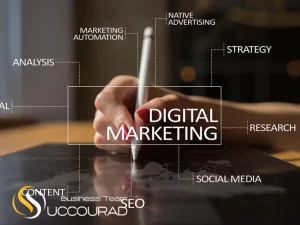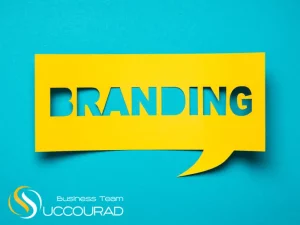
How to Use Instagram to Grow Your Network Marketing Business
They say a picture is worth a thousand words. In the case of the #2 most popular social media platform, Instagram, those pictures are proving

The following excerpt is from Karen Tiber Leland’s new book The Brand Mapping Strategy. The Continuous Brand Improvement (CBI) Process is a simple methodology that any committed company can follow to improve the brand-centric nature of their business and come into functional alignment with their brand promise. The six steps are:
One of the most challenging parts of the Continuous Brand Improvement Process is determining which issues, problems and concerns should be put on the table, and when.
To start, you need a way to capture the majority of issues (big and small) from throughout your organization. The simplest way to do this is to put out a call far and wide for members of your company to propose problems that need solving using a confidential online form. The problems, once received, should be assigned to one of the following five categories of alignment between the brand and the everyday way the organization behaves and functions:
Management usually makes the final determination as to which specific problem a particular CBI group will take on. However, it’s worth creating a selection committee to assess the ideas and recommend the problems they feel represent the biggest disconnects in the brand promise.
One suggestion: Start small and work your way up. You want the first problems you choose to be relatively easy ones. Coming out of the gate with a win builds momentum and will set you up to solve more difficult and potentially more contentious problems in the future.
After a problem is chosen, and before an official CBI group is gathered, an in-house facilitator is selected. Their job will be to guide the group through the problem-solving process, encourage participation from all group members and bring in outside resources to provide insight into the problem. It is not their job to proffer their own personal opinions about the problem’s causes or solutions. For this reason, it’s not necessary for the facilitator to have a hands-on relationship with the problem. I frequently train people within organizations who have no relationship at all to the problem their group is solving to be CBI group facilitators. There are, however, some qualities I’ve observed that do make for an effective facilitator:
Although CBI group members may come from different departments or parts of the organization, those who participate should have a hands-on relationship with the specific problem they’re going to solve. With the facilitator’s objective guidance, the group brainstorms and evaluates the root causes of the problem and identifies, researches and recommends implementable solutions. Each group usually has between six and 10 members who come together for about six to eight weeks and disband when a solution has been reached and presented to management.
The CBI group is primarily responsible for coming up with a solution that can be implemented within the organization. Part of the formal problem-solving process involves determining the following:
Because this process is so thorough, it’s unusual for the group’s proposed solution not to be accepted. As for who is responsible for implementation, that varies depending on the nature of the solution and the company. In some cases, the CBI group continues on with the implementation, but in most cases, it’s assigned to a third party, who’s responsible for seeing the solution through to fruition.
Kaizen is the Japanese term for continuous improvement, and it’s essentially defined as “an ongoing effort to improve products, services or processes. These efforts can seek ‘incremental’ improvement over time or ‘breakthrough’ improvement all at once.”
As the name implies, the nature of the Continuous Brand Improvement Process is ongoing. If you continue along this path, you’ll reach a point when you will have solved many of the core issues facing your company. That said, it’s the nature of work that problems will always bubble to the surface that need to be addressed. The process of aligning your brand promise with the way your organization functions is, in many ways, never ending. By putting the Continuous Brand Improvement Process in place, you ensure that you are creating a brand-centric organization — now and in the future.
Recommended Read : 5 Signs It’s Time to Rebrand

They say a picture is worth a thousand words. In the case of the #2 most popular social media platform, Instagram, those pictures are proving

To develop an effective digital branding strategy, it’s essential to incorporate several key elements that will enhance your brand’s online presence and engagement. Every company

Branding is one of the most important aspects of any business, large or small, retail or B2B. An effective brand strategy gives you a major
Follow The Tutorials and Key Tips.

If you want to increase your abilities and eliminate obsessive…
Follow News and Group Discounts.
Follow Trainings and Group Discounts
